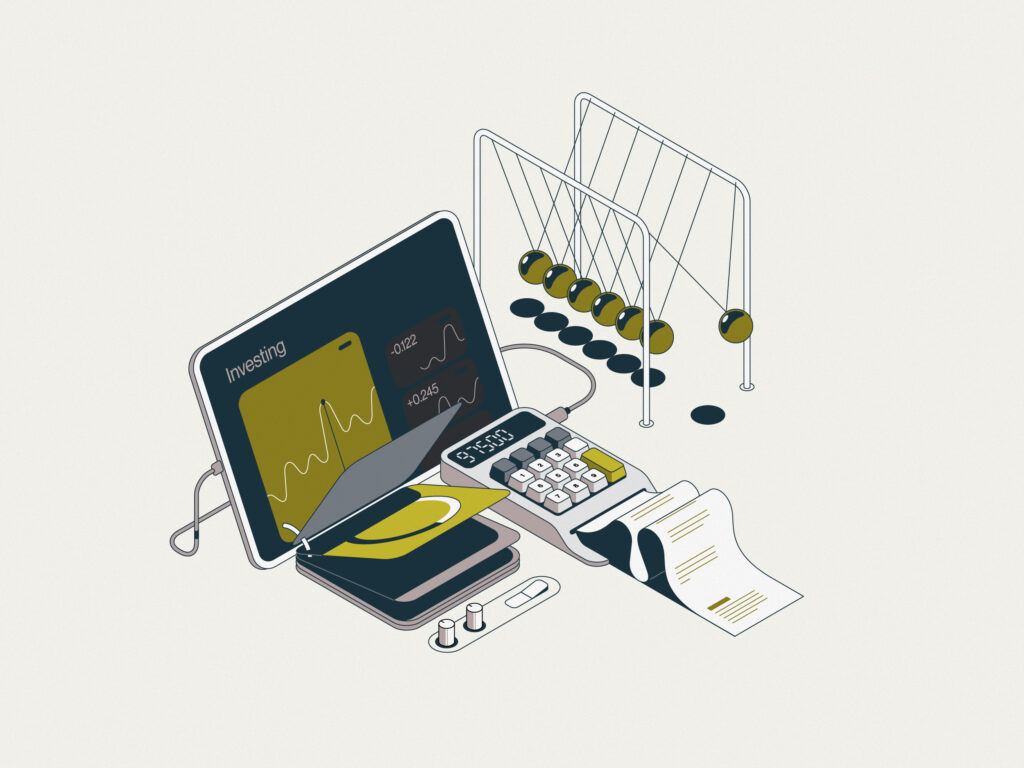There has been a clear shift over the past few months in which
investor confidence has been shaken by several key environmental factors
including our own government leadership, trade relations with China,
actions by the Federal Reserve, and more. While many such factors are
legitimate causes for concern, something like a polarizing Tweet by
President Trump is a non-event for the market long-term, but with enough
fear and instability, investors tend to react to any such uncertainty
by caving in and selling on the news. This is what we witnessed in the
fourth quarter when equity market capitulation was marked by stocks
being sold across the board without a material distinction between
good/bad/ neutral prospects. This is the kind of behavior we see at or
near the bottom of a correction, especially in the context of a
decade-long bull run.
The Same Headwinds Remain
As long as loose-end concerns stick around, volatility probably isn’t going anywhere in 2019. We know that the strain on trade relations with China, which ramped up with tariff levying by the US in early 2018, isn’t over. The initial tariffs on aluminum and steel were put in place to both punish China for its intellectual property theft and combat our own trade deficit with the country. But the trade war that has ensued has impacted the rest of the world negatively, and not just as trade partners but as global and political powers, too. We are still worried about how this situation plays out in months and years to come, especially at a time when global growth is slowing almost everywhere (including China) and the days of Synchronized Global Expansion are also the days of yesteryear.
In mid-December, the Federal Reserve Bank raised rates again, citing soft inflation and continued robust employment numbers as signs of our economy’s strength. While the Fed tempered its guidance on further interest rate hikes, it continued on its path of “some further gradual increases.” The median projection for the number of rate hikes in 2019 declined from three to two, and the median projection for the long-run neutral rate also came down to 2.75%. Still, the overall impression is of a Fed that is softening but not yet to the degree many investors are hoping for. But Fed Chairman Jerome Powell remains seemingly confident that the central bank will be able to keep a handle on things by managing expectations and staying vigilant. Remember that recessions have occurred 80% of the time in the wake of Fed tightening. So only one thing is certain—for as long as the Fed continues to tighten and rates continue to rise, both the stock and bond markets will not be strangers to instability. And speaking of bonds, risk-off sentiment has consistently driven yields lower while the curve has grown flatter and threatened to invert (meaning that investors demand more yield for the risk they’ve taken in the shorter term as opposed to longer term, typically suggesting that trouble is on the horizon).
In addition to these continued themes, there are several other
factors investors are keeping a pulse on. Geopolitical issues remain a
concerning headwind (Brexit, France, our own political turmoil),
corporate balance sheets across the globe have been taking advantage of
cheap borrowing over the past several years and accumulating debt (and
rising interest rates could pose a serious threat to corporate growth),
and oil prices have collapsed from their highs.
Remember: Volatility is Normal
And, it creates opportunity. This year, particularly in the last quarter, we all became unbearably familiar with what intra- and inter-day volatility feels like. And from such a perspective, the stock market can feel like an emotional rollercoaster. However, over longer periods, that volatility is much, much less noticeable and, in fact, stocks just generally move higher. As long-term investors, it is important not to miss the forest for the trees, although it can be exhausting being tested on a daily basis, and we recognize that.
I know we have talked about market timing before, but we’d be remiss
to not discuss it again. In times like these, it is very difficult to
not be driven by fear, and we are all seemingly wired to fear the
unknown. But predicting when the market is turning is not only extremely
difficult, but as it turns out, historically speaking, it’s not even
very fruitful to do so. This is because the worst days in the market
tend to be surrounded by the best days in the market, so even if you
were perfectly accurate at missing the worst performing days, you
probably would have missed the best performing days that year, too. This
can be a challenging mental exercise to do with your own portfolio, but
historical research from JP Morgan shows us that between 1997 and 2016,
a fully invested portfolio would have returned nearly double one that
missed the 10 best days in the market.1 Missing those days is
likely if you are selling on fear or to prevent loss. To illustrate the
point further, every S&P 500 decline of 15% or greater from 1928
through 2017 was followed by a recovery whereby the average return in
the first year after each decline was nearly 55%!2 Being a
long-term investor is generally worth it in the end. It is far too
difficult and pricey to not only time getting out, but getting back in
as well.
Our Outlook
We still believe that much of the sentiment volatility we’re experiencing has been self-inflicted as opposed to the direct result of a business/economic cycle. And interestingly, we are not seeing a material increase in short positions (betting on a stock going down) across equities, which suggests that short investors don’t believe this general decline of late will last or become a recession imminently. This means the environment can be monitored, and even used to our advantage, as we reposition our portfolios and deploy better risk management tactics within them. This isn’t to say we are out of the woods—we know the end of the market cycle is coming at some point soon, but we are simply trying to avoid any big surprises and position ourselves accordingly.
Further, we believe the market is experiencing some growing pains as many of its investors adapt, for the first time, to a world without excess monetary/fiscal stimulus supporting stock prices. The only way to get through this is to have the stock market finally accept this new reality and re-rate to a lower (more sustainable) level. This is affected through price/ earnings contraction, which we saw all year and expect to continue to see in 2019. Many economists anticipate a “growth recession” for 2019, or growth, but at a slower than expected rate (with the distinct possibility that economic growth has peaked). We don’t disagree – our expectations are not for a gangbusters year ahead, and we won’t be surprised if the market continues to attempt to price-in a fullfledged recession with lower trajectories for earnings and growth.
In other words, the silver lining to this downtrodden, volatile stock market is the opportunity it provides for upgrading our portfolios through obtaining better growth prospects at cheaper valuations. The excess optimism that we saw for much of 2018 held the market uncharacteristically high, making purchasing difficult. We feel that the last month or so has given us several compelling entry points into names we’ve wanted to own for a while but whose valuations felt unjustifiably inflated. While it’s impossible to predict the market, we know that good companies bought at lower prices will reward us over the long game.
1 https://am.jpmorgan.com/us/en/asset-management/gim/adv/insights/navigati…






